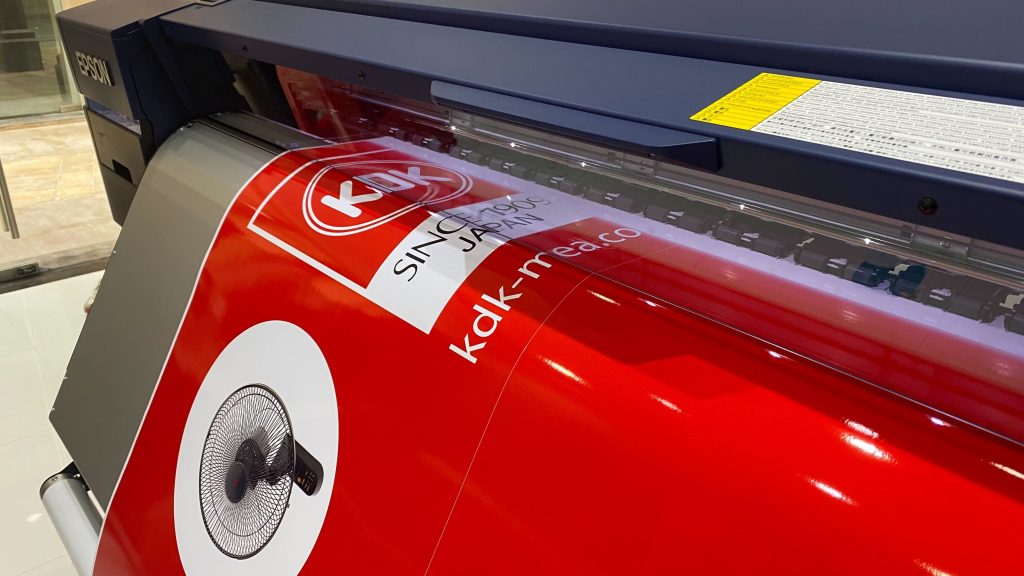To ensure your car sticker printing project is a success, you need to pay close attention to both the physical measurements and the digital print file settings. Getting it right requires a strategic approach, from the first measurement to the final print file. This guide will walk you through the essential steps to ensure your car sticker printing project is a complete success.
Tips for Taking Measurements
Accurate measurements are the foundation of a great-looking car sticker. Rushing this step can lead to a misaligned or ill-fitting design. Here’s how to do it correctly:
- Use the Right Tools: For the curves of a car, a flexible fabric measuring tape or a simple string is far better than a rigid metal tape. This allows you to follow the natural contours of the vehicle and get a true measurement.
- Measure the Widest and Longest Points: Don’t just measure the center of a panel. Ensure you capture the absolute maximum length and width of the area you plan to cover. This prevents your design from being too small for the space.
- Add a Bleed: This is a non-negotiable step. A “bleed” is extra design space added around the edges of your file. For vehicle wraps and large stickers, we recommend adding at least 3-6 inches of bleed on all sides. This extra margin is crucial for a professional installation, allowing the installer to trim the sticker precisely to the vehicle’s edges without leaving any white gaps.
- Account for Obstructions: Note the location of door handles, seams, lights, and other body features. Your design will need to be adjusted or cut around these elements.
Print File Settings for Professional Results
Once you have your measurements, the next step is preparing a high-quality print file. The right settings ensure your design looks as good in print as it does on your screen.
- Set Your Color Mode to CMYK: Your computer screen displays colors using the RGB (Red, Green, Blue) color model. Printers, on the other hand, use CMYK (Cyan, Magenta, Yellow, Black) ink. To avoid unexpected color shifts, always convert your file to CMYK color mode before sending it to a printer.
- Use a High Resolution (DPI): For large-format prints like car stickers, a low-resolution image will look pixelated and blurry. We recommend a minimum resolution of 150 DPI (dots per inch), but 300 DPI is ideal for sharp, clear graphics, especially on smaller decals.
- Go with Vector Files: For designs with text, logos, or sharp lines, vector files (.ai, .eps, .svg) are the best choice. Unlike raster images, which are made of pixels, vector files use mathematical formulas, so they can be scaled to any size without losing quality. If you must use a raster file, a high-resolution PDF or TIFF is a good option.
- Outline Your Fonts: To ensure your text prints correctly, convert all fonts to outlines or curves. This embeds the font’s shape into the design, preventing any font substitution issues at the printing stage.
Mastering car sticker printing in Dubai isn’t just about design—it’s about precision. The right measurements, bleed margins, and print file settings make the difference between a flawless installation and a costly reprint. By following these steps, you’ll ensure your stickers look sharp, fit perfectly, and last in Dubai’s tough weather conditions.
At Printajo Dubai, we specialize in car stickers, vinyl decals, and vehicle wraps that are 100% RTA-compliant, weather-resistant, and professionally installed. Whether you need a small logo decal or a full car wrap, our team makes the process simple, fast, and stress-free.
Ready to brand your car the right way? Contact Printajo Dubai today for expert sticker printing and installation services that help your business stand out on the road.



